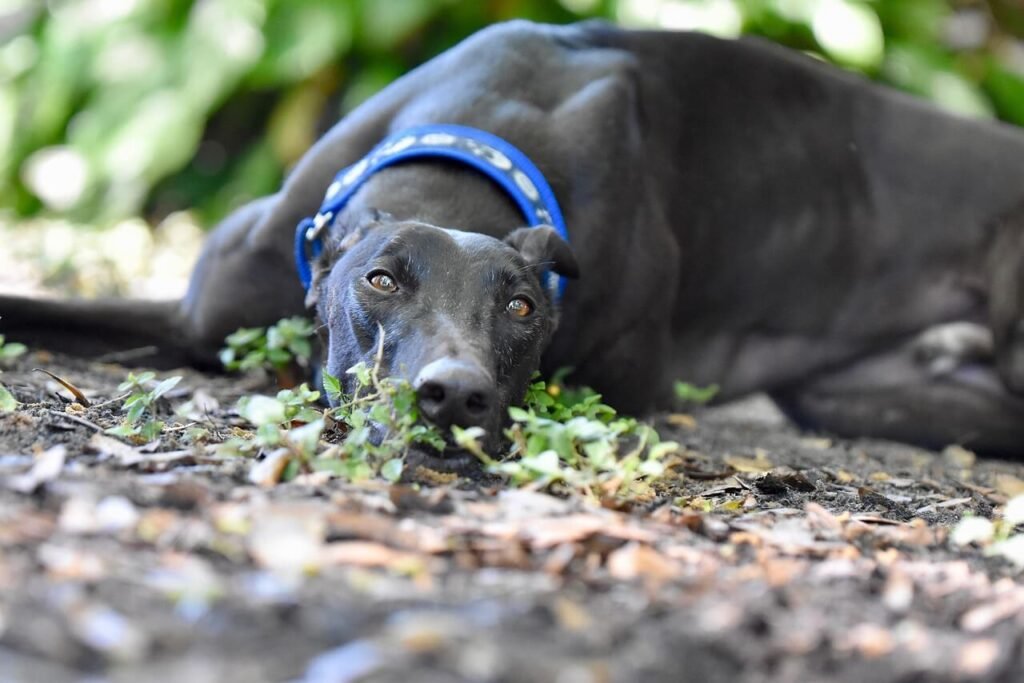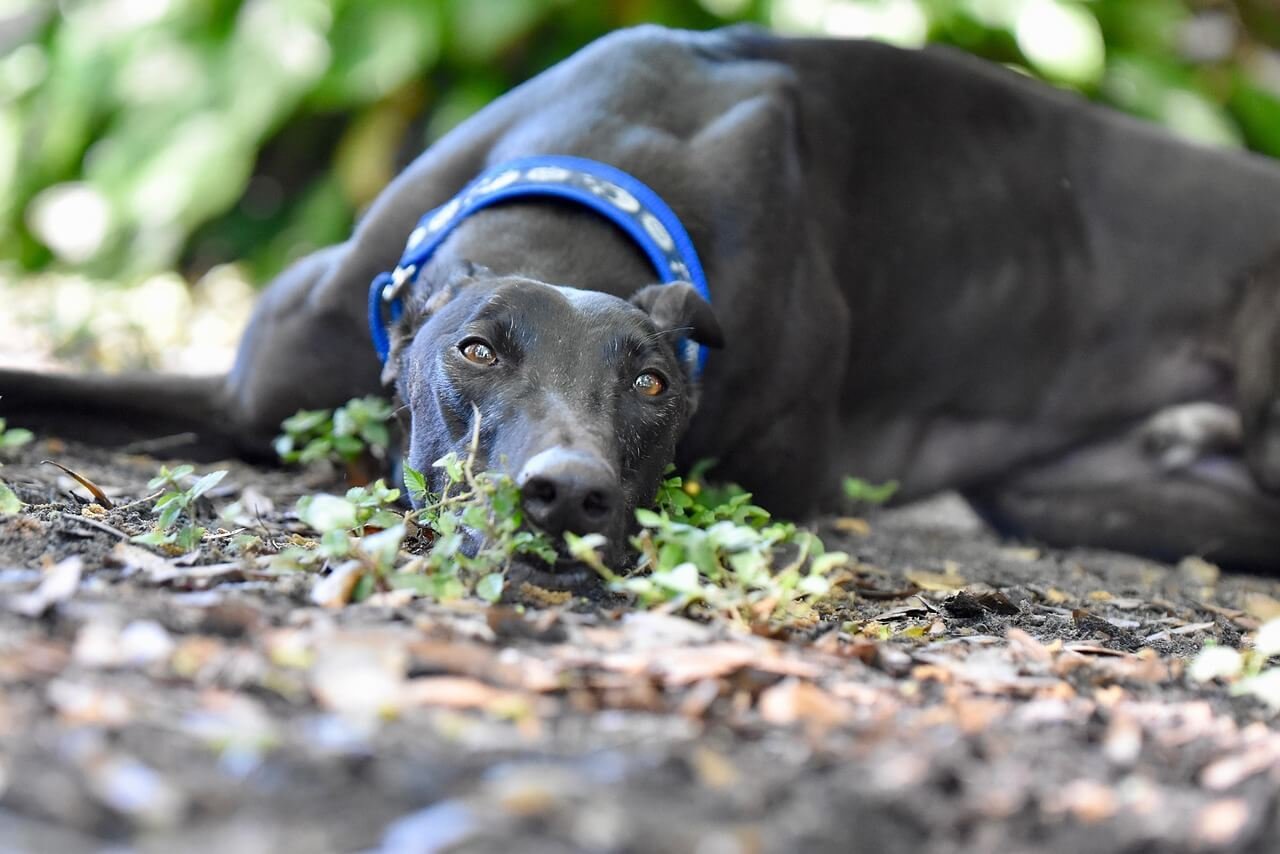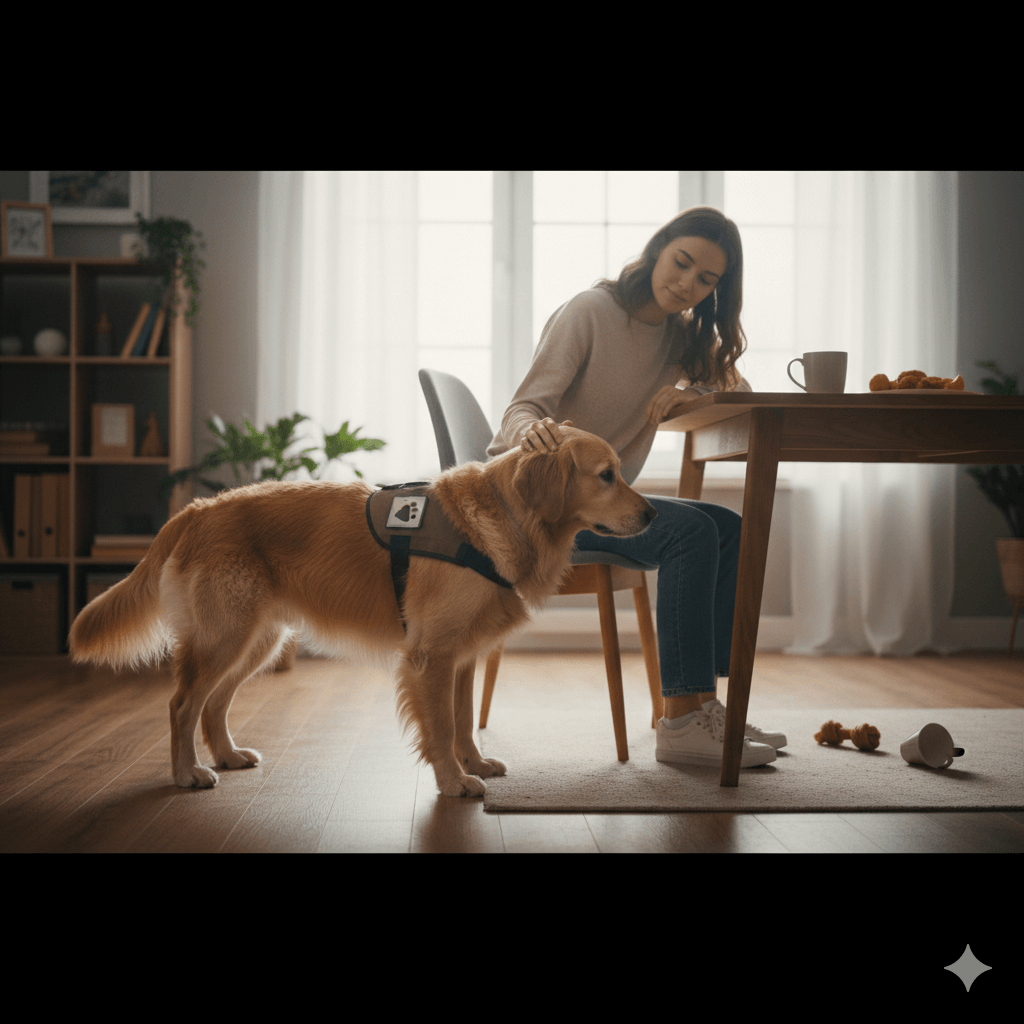How to Stop Your Dog from Pulling on the Leash: A Guide to Peaceful Walks
Walking your dog should be a joyful experience, a time to bond and explore the world together. However, if your furry friend has a habit of pulling on the leash, those walks can quickly turn into a frustrating tug-of-war. Not only does this behavior make outings less enjoyable, but it can also pose safety risks for both you and your dog. Whether you’re dealing with a persistent puller or just want to prevent the issue before it starts, this guide will walk you through effective strategies to teach your dog proper leash manners. With patience, consistency, and the right techniques, you can transform your walks into calm and pleasant adventures.
Understanding Why Dogs Pull on the Leash
Before diving into solutions, it’s important to understand why dogs pull on the leash in the first place. This behavior often stems from excitement, curiosity, or lack of training. Here are some common reasons:
Excitement: Dogs are naturally curious creatures, and the outside world is full of fascinating sights, sounds, and smells. When they see something interesting, their instinct is to rush toward it.
Lack of Training: Many dogs simply haven’t been taught how to walk politely on a leash. Without guidance, they may assume that pulling is an acceptable way to move forward.
Energy Overflow: High-energy dogs may pull because they have excess energy that needs to be burned off.
Reward System: If pulling has worked in the past (e.g., they reached their desired destination), dogs are likely to repeat the behavior.
Pack Mentality: Some dogs instinctively try to lead the “pack,” which includes you, by pulling ahead.
Understanding these motivations is the first step toward addressing the issue. By identifying why your dog pulls, you can tailor your approach to meet their specific needs and create a more harmonious walking experience.
Essential Tools to Help Stop Leash Pulling
Having the right tools can make a significant difference when teaching your dog to walk politely on a leash. While training is key, certain equipment can support your efforts and make the process smoother. Here’s what you might consider:
Front-Clip Harness: This type of harness attaches the leash to the front of the dog’s chest, making it harder for them to pull effectively.
Head Halter: A head halter gently redirects your dog’s attention back to you when they start to pull, helping them learn impulse control.
Standard Flat Collar: For well-trained dogs, a flat collar paired with a standard leash can work well. However, avoid using choke or prong collars, as they can cause harm.
Treat Pouch: Keeping treats easily accessible allows you to reward good behavior instantly, reinforcing positive actions.
Long Line: A long leash gives your dog more freedom to explore while still allowing you to maintain control during training sessions.
Investing in the right tools can set you up for success. Remember, though, that no tool can replace consistent training and positive reinforcement.
Check this guide 👉How Much Does It Cost to Microchip a Dog? Best 7 Tips!
Check this guide 👉How to Get Dog Poop Out of Carpet: Best 7 Expert Tips!
Check this guide 👉How Much Do Dog Trainers Make? Best 7 Expert Tips!

Training Tips | Common Mistakes to Avoid |
|---|---|
Start training in a low-distraction area. | Yanking or jerking the leash abruptly. |
Use high-value treats for motivation. | Skipping regular practice sessions. |
Keep training sessions short and fun. | Punishing your dog for pulling. |
Reward calm behavior consistently. | Using improper or ill-fitting gear. |
Practice loose-leash walking daily. | Giving up too soon on training. |
Step-by-Step Training Techniques to Stop Leash Pulling
Teaching your dog to walk politely on a leash requires a structured approach. Follow these steps to guide your dog toward better behavior:
Start Indoors: Begin practicing in a quiet, familiar environment where distractions are minimal. This helps your dog focus on learning.
Use Positive Reinforcement: Reward your dog with treats, praise, or toys whenever they walk beside you without pulling.
Stop and Wait: If your dog starts to pull, stop walking immediately. Wait until the leash goes slack before continuing.
Change Directions: Randomly change directions during walks to keep your dog engaged and focused on following you.
Practice the “U-Turn”: When your dog pulls, turn around and walk in the opposite direction. This teaches them that pulling doesn’t get them where they want to go.
Consistency is crucial in this process. Over time, your dog will learn that staying close to you leads to rewards and progress.
Tips for Maintaining Good Leash Behavior
Once your dog has learned to walk politely on a leash, it’s important to maintain their good habits. Here are some tips to ensure long-term success:
Regular Practice: Continue practicing loose-leash walking regularly, even after your dog has improved.
Vary Your Routes: Introduce new environments and routes to challenge your dog’s self-control in different settings.
Stay Calm: Your dog picks up on your emotions. Stay calm and patient, even if they slip up occasionally.
Gradually Increase Distractions: As your dog becomes more reliable, introduce controlled distractions to test their focus.
Celebrate Small Wins: Acknowledge and reward improvements, no matter how minor they seem.
By incorporating these tips into your routine, you can reinforce your dog’s good behavior and enjoy stress-free walks for years to come.
Common Mistakes to Avoid
Training a dog to stop pulling on the leash can be challenging, but avoiding common mistakes can make the process smoother and more effective. Many pet owners unknowingly hinder their progress by making simple errors. Here are some pitfalls to steer clear of:
Inconsistent Training: Switching methods or not practicing regularly can confuse your dog and slow down progress.
Using Harsh Corrections: Yelling or jerking the leash may intimidate your dog and damage trust, making them less responsive to training.
Ignoring Positive Reinforcement: Failing to reward good behavior means missing opportunities to reinforce desired actions.
Overlooking Proper Gear: Using inappropriate equipment, like choke chains or poorly fitted harnesses, can harm your dog and undermine training efforts.
Rushing the Process: Expecting immediate results can lead to frustration for both you and your dog.
By avoiding these mistakes, you’ll create a positive and productive learning environment that sets your dog up for success. Remember, patience and consistency are key to achieving lasting results.
Building a Strong Bond Through Training
Training your dog to walk politely on a leash isn’t just about correcting bad behavior—it’s also an opportunity to strengthen your bond. When done with care and positivity, leash training can deepen trust and improve communication between you and your furry friend. Here are some ways to foster connection during training:
Use Play as a Reward: Incorporating playtime into training sessions makes the experience fun and engaging for your dog.
Spend Quality Time Together: Dedicate focused time to training without distractions, showing your dog they have your full attention.
Practice Patience: Staying calm and patient demonstrates to your dog that you’re a reliable leader they can trust.
Celebrate Small Achievements: Acknowledge incremental progress to build confidence and reinforce your partnership.
Communicate Clearly: Use consistent cues and body language to help your dog understand what’s expected of them.
By prioritizing your relationship during training, you’ll not only achieve better leash manners but also create a deeper sense of companionship with your dog.
Fun Activities to Complement Leash Training
While leash training is essential, incorporating fun activities into your routine can enhance your dog’s overall behavior and obedience. These activities provide mental stimulation, physical exercise, and opportunities to practice self-control. Consider adding these to your regimen:
Obedience Games: Teach basic commands like “sit,” “stay,” and “come” through interactive games that keep your dog engaged.
Agility Training: Set up a mini obstacle course in your backyard to challenge your dog’s focus and coordination.
Sniff Walks: Allow your dog to explore and sniff freely during designated walks, satisfying their natural curiosity.
Fetch with Rules: Add structure to fetch by requiring your dog to sit and wait before retrieving the ball.
Socialization Outings: Arrange controlled meetups with other dogs to help your dog practice calm behavior in social settings.
These activities not only complement leash training but also enrich your dog’s life, keeping them happy and mentally sharp. By balancing discipline with fun, you’ll nurture a well-rounded and obedient companion.
Frequently Asked Questions About Stopping Leash Pulling
How long does it take to train a dog not to pull on the leash?
The time required varies depending on the dog’s age, temperament, and previous training. Most dogs show improvement within a few weeks of consistent practice.
Can I use a retractable leash for training?
Retractable leashes are not ideal for training because they allow too much freedom, making it harder to control your dog’s movements.
What if my dog pulls only when they see other dogs?
This is often due to excitement or reactivity. Work on desensitizing your dog to other dogs by gradually exposing them at a distance and rewarding calm behavior.
Is it ever too late to train an older dog?
No, it’s never too late! Older dogs can learn new behaviors with patience and consistent training.
Should I use punishment to stop leash pulling?
Punishment is not recommended, as it can damage your relationship with your dog and increase anxiety. Positive reinforcement is far more effective.
Enjoy Stress-Free Walks with Your Dog
Stopping your dog from pulling on the leash takes time, effort, and consistency, but the rewards are well worth it. By understanding the reasons behind the behavior, using the right tools, and implementing effective training techniques, you can transform your walks into enjoyable experiences for both you and your furry companion. Remember, every small step counts, and celebrating progress along the way will keep you motivated. With dedication and patience, you’ll soon find yourself strolling side by side, enjoying the beauty of shared adventures. Happy walking!
Understanding Bone Supplement for Cats: Best 7 Expert Tips! – Safe, vet-approved guidance for strong feline bones & balanced nutrition.
Bone Supplement for Dogs: Best 7 Expert Tips! – Expert guide to calcium, collagen & bone health for every life stage.
Understanding Can Cats Get Sunburn: Best 7 Expert Tips! – Protect your feline from UV damage with vet-backed prevention strategies.
How to Train a Seizure Alert Dog: Best 7 Expert Tips! – Learn expert-backed steps to nurture natural instincts into reliable, life-saving seizure alerts.





